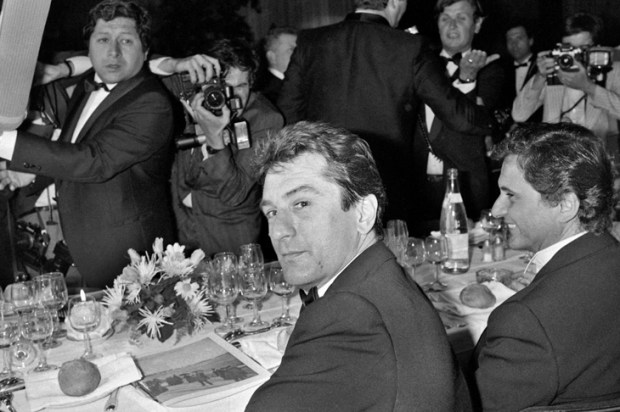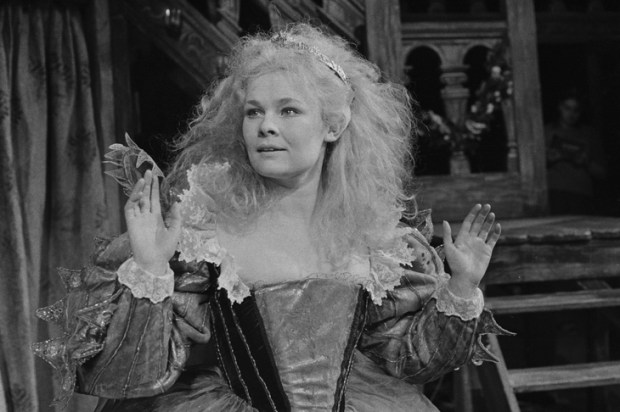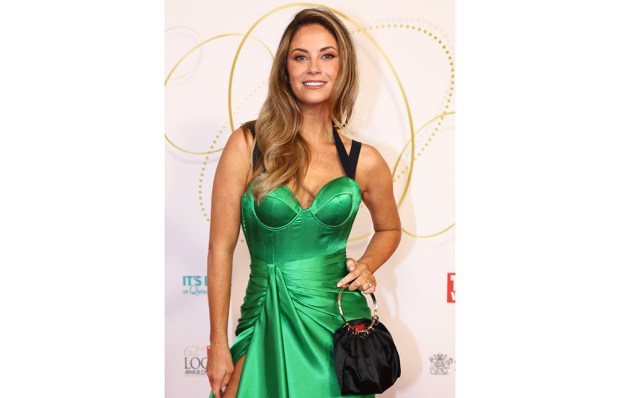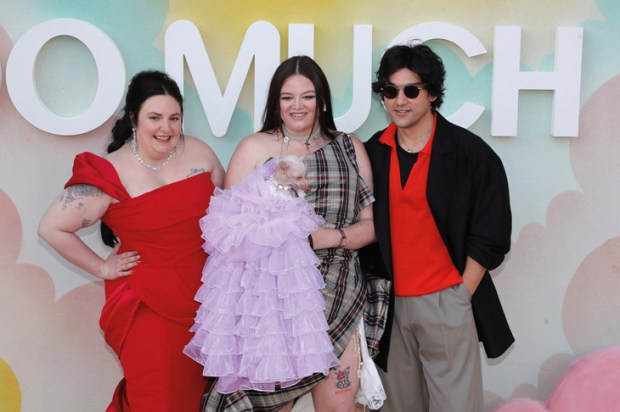It’s always a bit extraordinary how much an art form lives on the legends it has created. Everyone is looking forward to the revival of John Neumeier’s Nijinsky from the Australian Ballet in Melbourne partly because the legendary dancer of the Ballets Russes seems to crystallise the moment when Diaghilev’s company burst upon the world with a form of art that was all at once Russian and Parisian, classic and modernist. All that extraordinary music that allowed the great dancer to choreograph Debussy’s Prélude à l’après-midi d’un faune and to create the role of Petrushka is inseparable from the haunting figure who became shrouded in the enigmas of madness. And then there was the Stravinskian moment which triggered a riot at its 1913 Paris premiere which was like an artistic prefiguring of the assassination that sparked the first world war.
Was that true of Bob Dylan who is the subject of a new film, A Complete Unknown, with Timothée Chalamet as the singer and composer of those extraordinary songs that turned popular music – folk music, then rock music – on its head.
I remember Rai Gaita saying that in his youth everyone was expected to see what could be made of classic music. ‘And all that changed with Dylan,’ he said. Why? Because a great section of youth from the early to mid-Sixties came to see Dylan as a kind of singer-songwriter who had the staggering authority of a great creative artist. Nevermind that he was born in 1941 so that the great period of Dylan runs (as the film does) from 1960 to 1965.
The title A Complete Unknown is a line from ‘Like a Rolling Stone’ which is one of Dylan’s great battle hymns though not a protest song but a soaring strident song of driving self-definition, charged with electric guitars. Anyone who wants to get behind James Mangold’s film (the director of the Johnny Cash film Walk the Line with Joaquin Phoenix) should have a look at D.A. Pennebaker’s contemporary doco Don’t Look Back which is on YouTube and which captures the weird but palpable paradox of Dylan as a babe in arms, a very young man who was also a figure of genius. One of the less interesting aspects of the Dylan saga is the fact that Dylan went electric at the Newport Folk Festival which later occasioned someone to shout out ‘Judas!’ but Dylan was a great demolisher of conventions long before that.
It will be interesting to see what the film – which opened last Thursday – makes of all this with its young star who has been encouraged to sing some of the greatest and most singular songs ever written which can seem inseparable from the voice that once enunciated them (despite the clean and musical cover versions by The Byrds and by Dylan’s very tuneful comrade-in-arms Joan Baez). She’s played in the movie by Monica Barbaro just as Dylan’s girlfriend Sylvie Russo is played by Elle Fanning.
The very early Dylan – the Dylan of the first album Bob Dylan and then of Freewheelin’, the one with ‘Girl from the North Country’ and ‘Blowin’ in the Wind’ sounds like Woody Guthrie except – and it’s a big qualification – he sounds like a less hokey and homespun Woody Guthrie. Very soon though he sounds as if he’s been reading Rimbaud and T.S. Eliot or if not actually reading them then hitting on comparable visions by some principle of empathy or coincidence. And the development is dazzlingly rapid. Think of ‘It Ain’t Me Babe’: ‘Someone to close his eyes for you. Someone to close his heart.’
The verbal effects and the evocation of depths are there from quite early on in Dylan. This same LP has ‘The Lonesome Death of Hattie Carroll’ which has the refrain ‘But you who philosophise disgrace and criticise all fears’ where Dylan uses the word ‘philosophise’ as a synonym for ‘rationalise’. But the way in which he could use the apparatus of a folk manner was always compatible with an uncompromising complexity of feeling. When he won the Nobel Prize for Literature he said you needed the music for the words to work in the way Shakespeare needed actors.
And this reaches a peak in the very grand and colossally rich songs which are collected on Highway 61 Revisited and then the double album, Blonde on Blonde, which climaxes with the twelve minute ‘Sad-Eyed Lady of the Lowlands’. Highway 61 is the best single album even if Blonde on Blonde has great songs as ‘Just Like a Woman’ which includes lines like ‘I was hungry and it was your world’.
But the Dylan of the first part of the 1960s and especially the middle was extraordinary.
Think of the lyricism of ‘My love she speaks like silence, Without ideals or violence, She doesn’t have to say she’s faithful, Yet she’s true, like ice, like fire.’ Or the overtly literary and sinisterly oracular. ‘You’ve been through all of F. Scott Fitzgerald’s books, You’re very well read, it’s well-known, But something is happening here and you don’t know what it is, Do you, Mr Jones?’
You can quote Dylan forever: the pure lilting exuberance of ‘Mr Tambourine Man’ or the sombre desolation of ‘Queen Jane Approximately’.
He deserved the Nobel Prize for Literature even if you needed the rough music for the words to work. It still remains the case that ‘And Ezra Pound and T.S. Eliot fighting in the captain’s tower, While calypso singers laugh at them and fishermen hold flowers’ works as a pop art ‘Waste Land’ as viably as it did in 1965.
Then there was the motorbike accident and although Dylan wrote great songs for a while (‘You will search, babe, at any cost, But how long, babe, can you search for what is not lost?’) but the technical brilliance of Blood on the Tracks can’t revive the earlier Dylan this film rehearses and dramatises.
The film-maker Todd Haynes put together a whole crew of actors, including Cate Blanchett, to impersonate Bob Dylan at different periods in I’m Not There.
It’s a technique that is wonderfully inventive and tough minded. The playwright Patricia Cornelius uses it in Truth which is about Julian Assange and has a cast of actors dramatising him at different points. Patricia Cornelius is one of our finest masters of dramatic art.
It’s interesting, too, that Robert Manne in his A Political Memoir speaks with fascination and respect for the great Australian bushranger of the internet. But anyone interested in serious theatre should see Cornelius’s Truth which opens at the Malthouse’s Merlyn Theatre on 18 February.
Got something to add? Join the discussion and comment below.
You might disagree with half of it, but you’ll enjoy reading all of it. Try your first month for free, then just $2 a week for the remainder of your first year.













